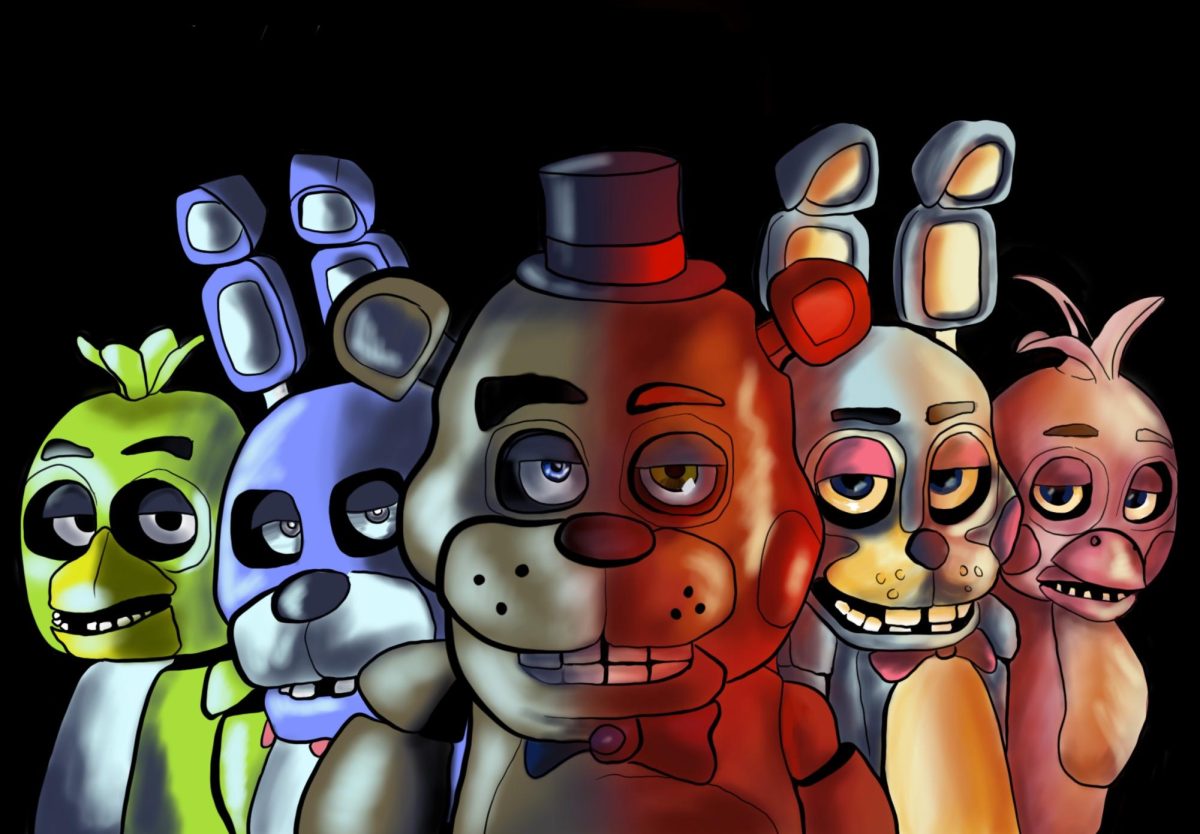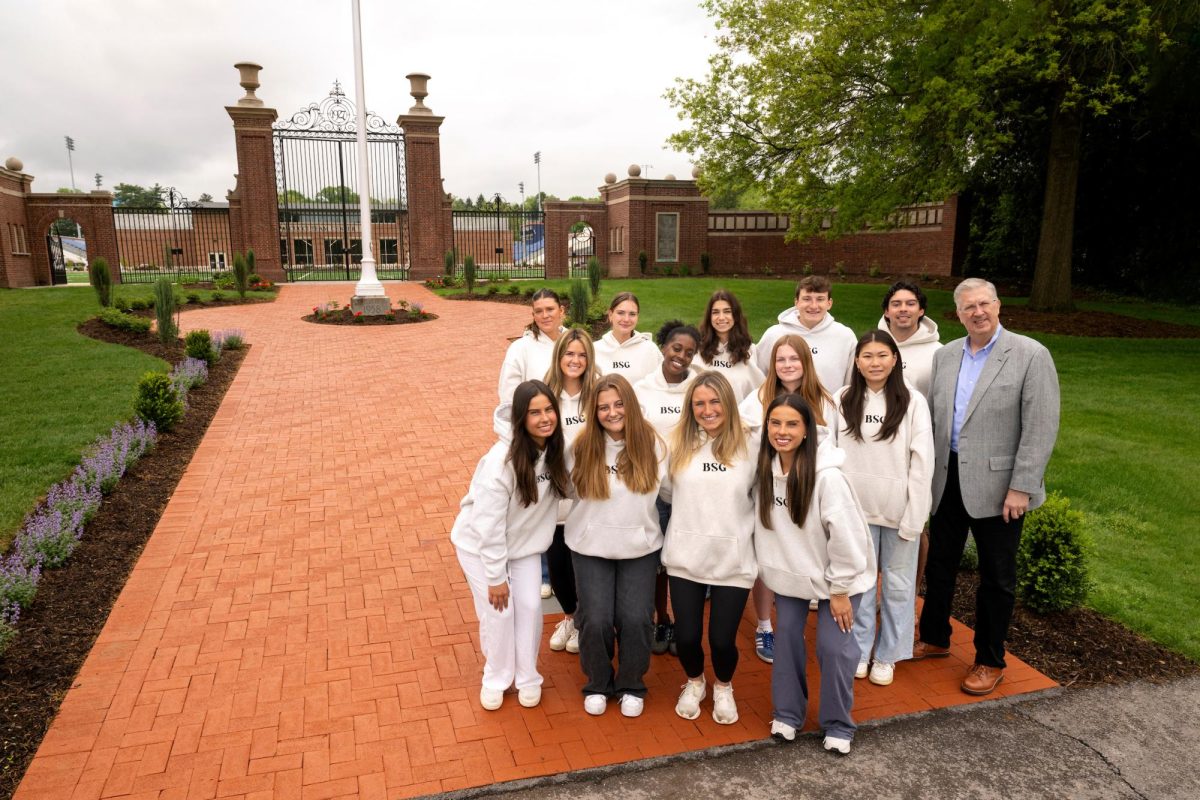This past weekend, the Five Nights at Freddy’s (FNAF) movie hit theaters and Peacock for streaming. Despite being categorized as a horror movie, the film sparked discussions about its perceived lack of horror compared to the games due to its PG-13 rating, a decision made back in 2018.
It’s important to recognize that this movie wasn’t primarily designed to be a traditional horror film or a cinematic masterpiece; its main focus has always been the loyal fanbase. The creator, Jason Blum, openly stated that the movie was created “for the fans and really only for the fans.” This isn’t unique to FNAF; there’s a growing trend of movies made purely for nostalgic reasons, often overlooking the quality of the content. While the existing fanbase is usually enough to fill theater seats, it’s not sufficient to expand the audience to viewers unfamiliar with the source material.
As I sat in the theater awaiting the movie’s start, the trailers were predominantly for remakes. The teasers for “Wonka” (2023) and the musical remake of “Mean Girls” (2024) particularly come to mind. These trailers heavily relied on callbacks to their original source material, which only those who have seen the earlier versions would understand. For new viewers, there wasn’t much in these trailers to pique their interest in the films. The studios seem so obsessed with recreating past successes rather than investing in fresh ideas and marketing them to new audiences. “Mean Girls” began as a movie in 2004, became a musical in 2017 and is now a movie musical in 2024. “Wonka” is even more complex, originating from the 1963 Roald Dahl book “Charlie and the Chocolate Factory,” followed by the 1971 movie “Willy Wonka & the Chocolate Factory,” the 2005 movie “Charlie and the Chocolate Factory,” the 2013 musical of the same name, and now the movie “Wonka.” How many iterations of the same story do we truly need?
If you’re a Five Nights at Freddy’s fan, you’re likely aware of the extensive lore behind the franchise, including nine official games, four spin-off games, a trilogy and even a cookbook. Leading up to the movie’s release, YouTubers created videos ranging from 45 minutes to a staggering eight hours, recapping the intricate timeline. With such a rich background to draw from, the movie often became more of an Easter egg hunt than a coherent narrative. This situation is reminiscent of the recent Super Mario Bros. movie. Fans eagerly anticipated references to their beloved games from childhood, but without prior appreciation for the franchise, the film struggled to resonate. However, there is a way to honor nostalgia while still delivering something new, as exemplified by Barbie (2023). Movies need to offer more than familiar sights and sounds; they must carry a meaningful message or unique perspective. Producing films solely centered around nostalgia may satisfy existing fans, but if studios aspire to break free from the constraints of the original fanbase, they must provide a deeper cinematic experience.





















